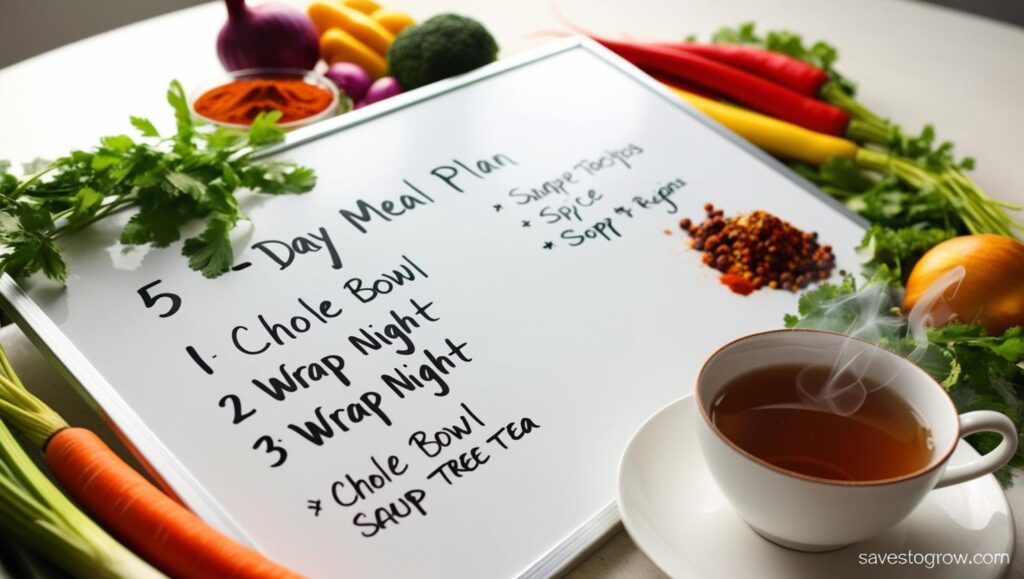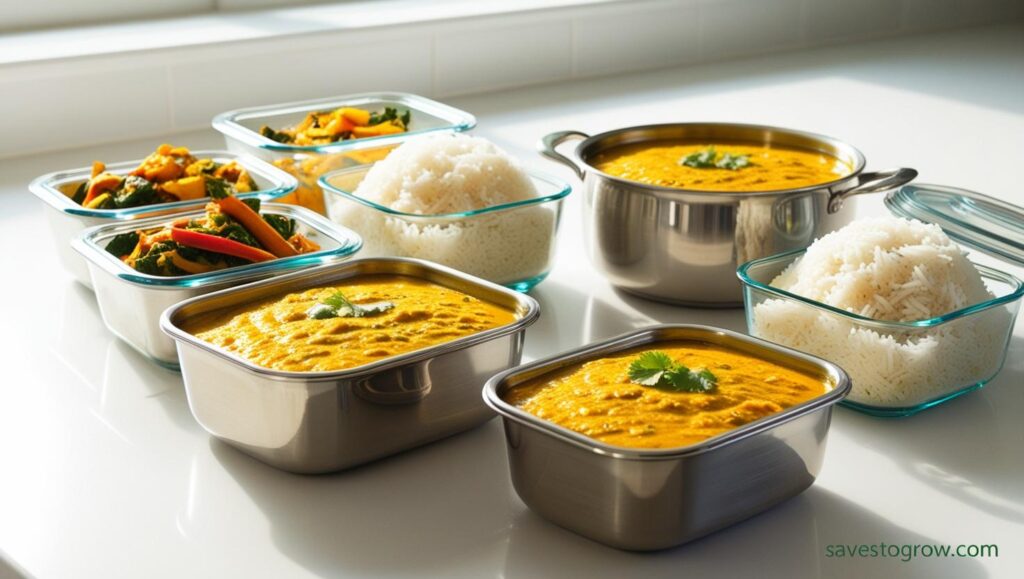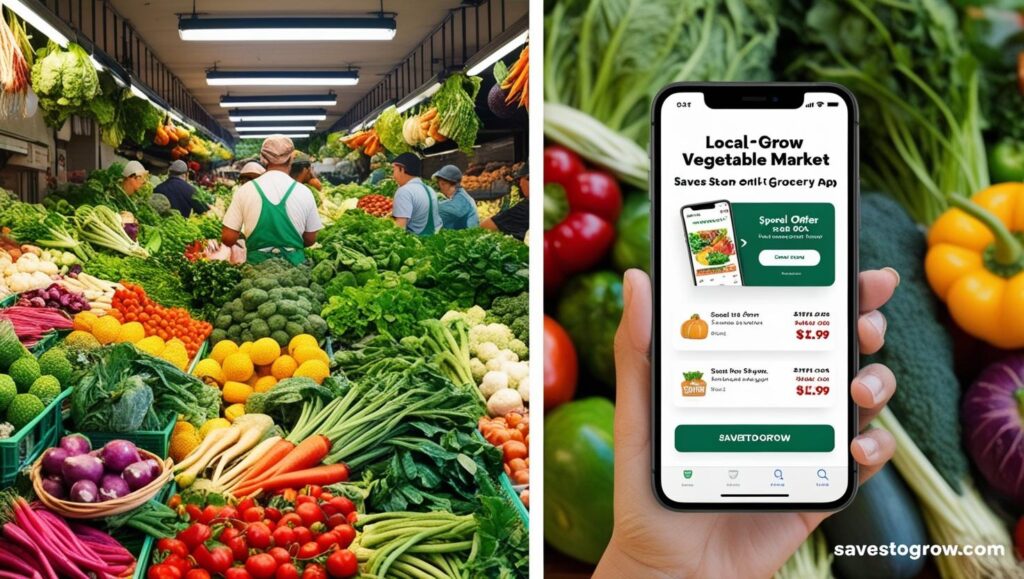When I first realized my monthly grocery bill had crossed ₹15,000 for just two people, I was shocked. I wasn’t buying luxury ingredients or throwing big parties—just everyday stuff. But something wasn’t adding up.
That’s when I decided to track, tweak, and transform how I shop, cook, and think about food. Three months later, I had slashed my grocery bill by 30%, without compromising health or taste.
Here’s exactly how I did it—and how you can too.
1. I Did a “Pantry Audit” (And Was Embarrassed)
The first step? I opened every cabinet and shelf, wrote down what I already had—and realized I was hoarding lentils, oats, spices, and canned goods. I had enough dal to survive an apocalypse.
Lesson learned: Overshopping isn’t just about waste. It buries your budget in forgotten ingredients.
What I Did:
- Created a simple Google Sheet with 3 tabs: Pantry, Fridge, Freezer
- Highlighted items close to expiry
- Committed to using up what I had before buying more
2. I Switched to Weekly Meal Planning

I used to “wing it” every night. That meant:
- Multiple grocery runs
- Wasted food
- Late-night Swiggy orders
Now, I plan 5 meals for the week on Sundays. Two of them are repeat meals, and one is a leftover remix.
Bonus Trick:
I plan my meals after checking what’s on sale or already in stock.
Tip: A ₹99 weekly plan saves you ₹2,000/month in chaos.
3. I Shop With a Reverse List
Most people go to the store with a shopping list. I go with a “do not buy” list.
These are my usual impulse traps:
- Fancy sauces I use once
- “Healthy” snack bars (overpriced junk)
- Expensive imported cheese
Just this one habit helped me cut ₹1,500 in wasteful spending.
Mantra: The best savings happen before checkout, not after.
4. I Batch Cooked—and Batch Froze

Cooking in batches used to sound boring… until I realized it saves:
- Time
- Gas
- And stops me from last-minute food orders
I now cook:
- 1 large dal or curry for 3 meals
- 1 grain (rice, quinoa, or millets) in bulk
- Roast veggies that can be reused in wraps or salads
I freeze portions, label dates, and rotate weekly.
Real Talk: Future You will thank you on busy Wednesdays.
5. I Made Peace With “Repeat Meals”
At first, I thought variety was everything. But I realized: simple, satisfying meals beat complicated chaos.
Now, 70% of my weekly meals are on repeat. I just change spices or sauces.
- Monday = Chole Bowl
- Tuesday = Stir-Fry with Rice
- Wednesday = Wrap Night
- Thursday = Leftovers
- Friday = Cheat Dinner or Takeout
Freedom tip: Repetition creates rhythm. Rhythm reduces decisions. Decisions cost mental energy and money.
6. I Switched to Local + Online Combos

I used to buy everything from one fancy supermarket. Big mistake.
Now, I follow this hybrid model:
- Local Market: Produce (cheaper, fresher)
- Online (Blinkit/BigBasket): Bulk pantry staples, cashback offers
- Wholesale (once/month): Oils, pulses, rice
This system alone cut 15–20% off my monthly bill.
7. I Tracked My Grocery Spend Weekly
Once I started tracking weekly instead of monthly, I caught overspending patterns early.
Simple system:
- ₹ Weekly Target: ₹2,500
- Daily allowance: ~₹350
- Track in Notion (you can use a diary or any app)
Insight: What gets tracked, improves. What gets ignored, overgrows.
Final Thoughts: Small Tweaks, Big Wins
Cutting your grocery bill doesn’t mean sacrificing nutrition, taste, or joy. For me, it meant:
- More control
- Less waste
- And more savings to invest elsewhere
If I, a former snackaholic who loved browsing gourmet aisles, can do it—you absolutely can too.
Start small. Stick to a system. And watch your grocery bill shrink without shrinking your lifestyle.
FAQs About Cutting Grocery Costs
Q1. Is meal planning really worth it for singles or couples?
Yes! It reduces waste, saves time, and keeps you from falling into delivery traps.
Q2. What’s the best app for grocery tracking?
Notion, Google Sheets, or even a pen-and-paper diary. The tool doesn’t matter—the habit does.
Q3. How do I avoid boredom with repeat meals?
Use spice swaps, sauces, or remix formats (e.g., turn curry into a wrap, or rice bowl into stir-fry).
Q4. Is it cheaper to shop online or offline?
Depends. Local markets are cheaper for produce, while online platforms offer bulk discounts and cashback.
Sources
- IndiaSpend: Household Spending Trends Across Indian Cities
- Harvard School of Public Health: Food Budgeting and Nutrition
- SavewithJamie.com: Tips on Budget Cooking from Celebrity Chef Jamie Oliver






